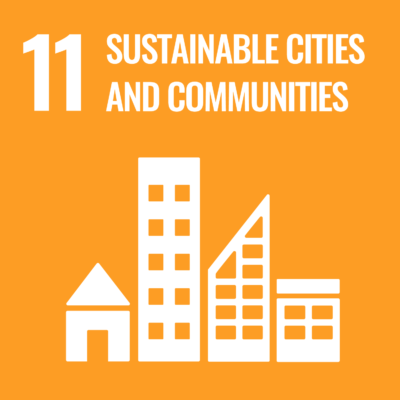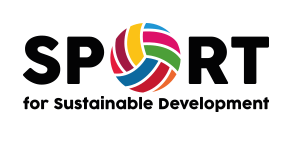
GLOBAL INTRODUCTION OF THE GOAL WITH SOME STATISTICS
In 2018, around 55.3% of the world population lived in urban areas, a percentage which is expected to reach 60.4% by 2030. Rapid urbanization (and our inability to adequately deal with it) has born tremendous consequences such as increased air pollution, inadequate basic services, increase in the number of people living in slums, lower social integration, more pronounced inequalities, poor or limited access to adequate transport, and inadequate access to public open spaces which threatens the sustainability of urban settlements.
On a greater scale, lack of adequate urban planning deriving from cities’ fast growth (faster than that of urban population) and unplanned urban sprawl, contribute to decreasing cities’ provision and distribution of public open space, as well as to reducing safety, and resilience to climate change and natural disasters. It is estimated that “for every 10% increase in sprawl, there is a 5.7% increase in per capita carbon dioxide emissions and a 9.6 per cent increase in per capita hazardous pollution”.
Bearing such numbers in mind, SDG 11 deals with tackling these issues and fostering the measures that enable cities to still provide for the benefits which have and keep fuelling their development, while walking towards a more sustainable, human, and environmentally conscious future.
HOW CAN SPORT BE USEFUL TO REACH THE GOAL?
While it is debatable how much of a direct contribution sport may give to basic services, housing, or infrastructure, it is a powerful and privileged platform for education, advocacy, and awareness raising, considering its public reach and exposure.
UN Habitat recommends that 15% of the total urban area to be used for public open space. Sport officials can cooperate closely with local governments in devising solutions that better serve the community:
Rethinking public open space planning and usage, to meet the population’s need for leisure, sport, and recreation as well as striking a balance between different typologies of open space;
Outlining key practices, initiative and infrastructures which more adequately contribute to active mobility and lifelong healthy lifestyles.
On a broader level, projects such as the Active Wellbeing Initiative are also key in ensuring that local best practices are scaled and spread across different countries. Additionally, sport organizations are entrenched in the fabric of communities. They play a significant role in the development of important social interpersonal skills, in identity building and in social cohesion. If properly guided sport participation and engagement contribute to empowering individuals, reducing discrimination and inequalities, as well as juvenile delinquency.
Examples
Active Well-being Initiative
Founded in 2017, the Active Well-being initiative aims to promote physical activity, Sport for All, health, and well-being. AWI launched the Global Active City label, a recognition of a city having developed and implemented a Physical Activity and Sports for All management system, as well as following a comprehensive certification process. Among others, Buenos Aires (ARG), Lausanne (SUI) and Hamburg (GER) have achieved such certification. A Global Well-being City label, which recognizes broader areas of development such as mental well-being, culture and art is also being developed: http://activewellbeing.org/
PACTE – Promoting Active Cities Throughout Europe
PACTE is a project led by Sport and Citizenship which addresses physical activity rates from a municipal perspective, towards creating Active Cities. Among others the project aims to develop an Europe-wide representative survey of municipalities’ physical activity policies and practices and a matrix for change for Active Cities: http://www.pacteproject.com/presentation/
Smart Cities and Sport
Established in 2014, Smart Cities & Sport is a network which congregates cities aiming to achieve their goals through sport. It provides a unique platform for the dissemination of practices, skills and knowledge not only among cities but also in connection with international sport federations: https://www.smartcitiesandsport.org/
Open Streets Day by ISCA
Annual one-day event developed by the International Sports and Culture Association (ISCA), and inspired by the Latin American closed road Ciclovías concept, that enables people to be physically active using the public streets in urban areas, otherwise reserved for vehicles. The 2019 inaugural edition consisted of 172 events, across 31 countries, and 105 cities. https://open-streets-day.nowwemove.com/



